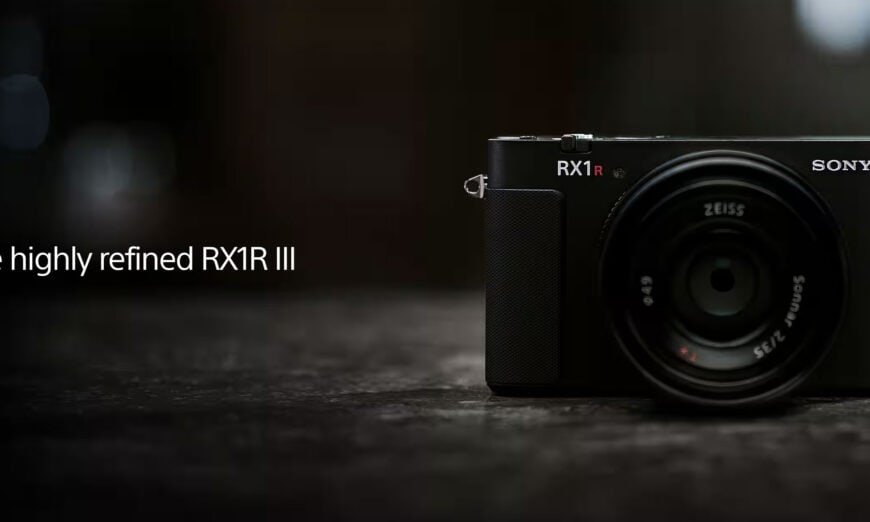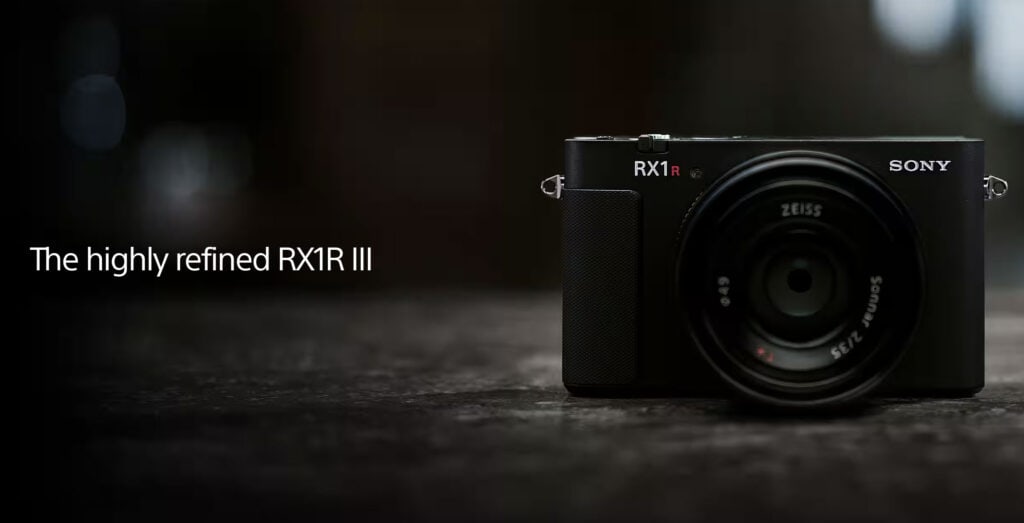
When Sony introduced the RX1 back in 2012, it defied convention: a full‑frame sensor tucked inside a pocket‑sized body with a fixed 35 mm lens. That camera and its 2015 successor, the RX1R II, became cult favourites among professionals and serious enthusiasts who valued unobtrusive design but demanded uncompromised image quality. Nearly ten years later, Sony has revived the series with the RX1R III. It’s every bit as premium as its predecessors and leaps ahead in resolution and technology.
A Legacy Continues After a Decade with the Sony RX1R III
The Sony RX1R III arrives almost nine years after the RX1R II. In that time, the world has changed: smartphones now dominate casual photography, and full‑frame mirrorless systems have matured. Yet many advanced shooters still crave a portable camera that feels like a precision instrument. Sony answered by keeping the RX1R III remarkably small—around 498 g with battery—while packing it with a new 61‑megapixel back‑illuminated CMOS sensor. It’s a serious jump from the 42 MP sensor of the RX1R II and brings it in line with the company’s flagship a7R V and a7CR bodies.
Why a Fixed Lens? It’s All About Image Quality in the Sony RX1R III
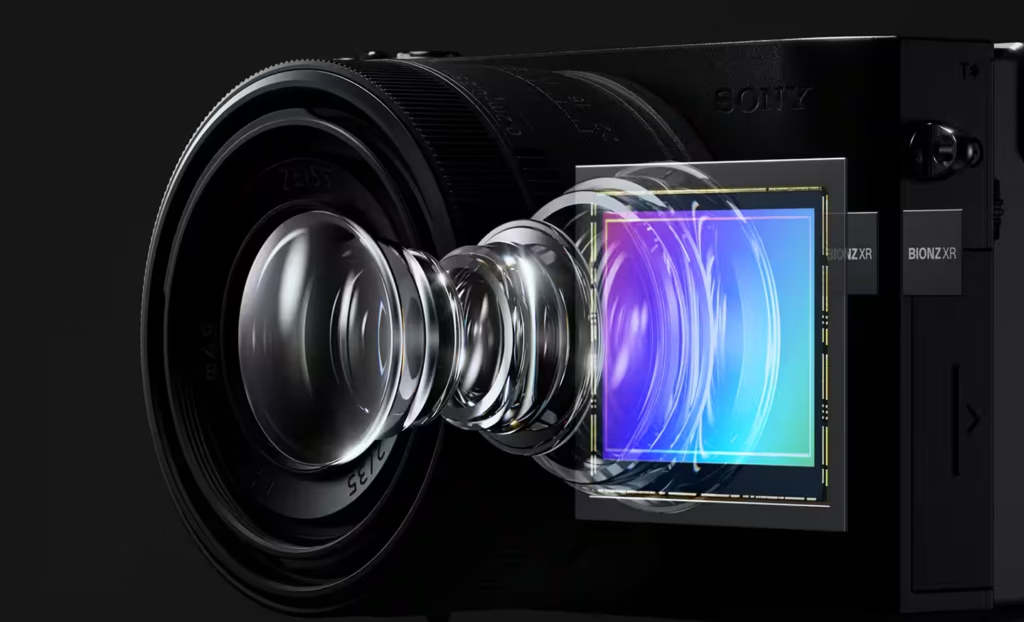
Instead of building a camera around interchangeable lenses, Sony matched the RX1R III with one lens and optimized everything around it. The built‑in Zeiss Sonnar T* 35 mm f/2 lens sits mere microns from the sensor, resulting in exceptional resolving power and a leaf shutter that’s near‑silent. A new macro ring on the lens lets you focus as close as 20 cm with a maximum magnification of 0.26×—ideal for detail shots and everyday creativity. The design still sacrifices a zoom but gains sharpness, a compact size, and a classic manual aperture ring.
Advanced Autofocus and AI Subject Recognition – Sony RX1R III

Inside the Sony RX1R III is more than just a high‑resolution sensor. Sony added its latest Bionz XR processor and a dedicated AI processing unit. The camera can recognize and track human bodies, heads and eyes, birds, animals, insects, cars, trains and planes, even if eyes aren’t clearly visible. Up to 693 phase‑detect points cover roughly 78 % of the frame. Autofocus performance is now leagues ahead of the 2015 model—quick, precise and sticky enough for fleeting moments.
Compact Body, Classic Controls – Sony RX1R III
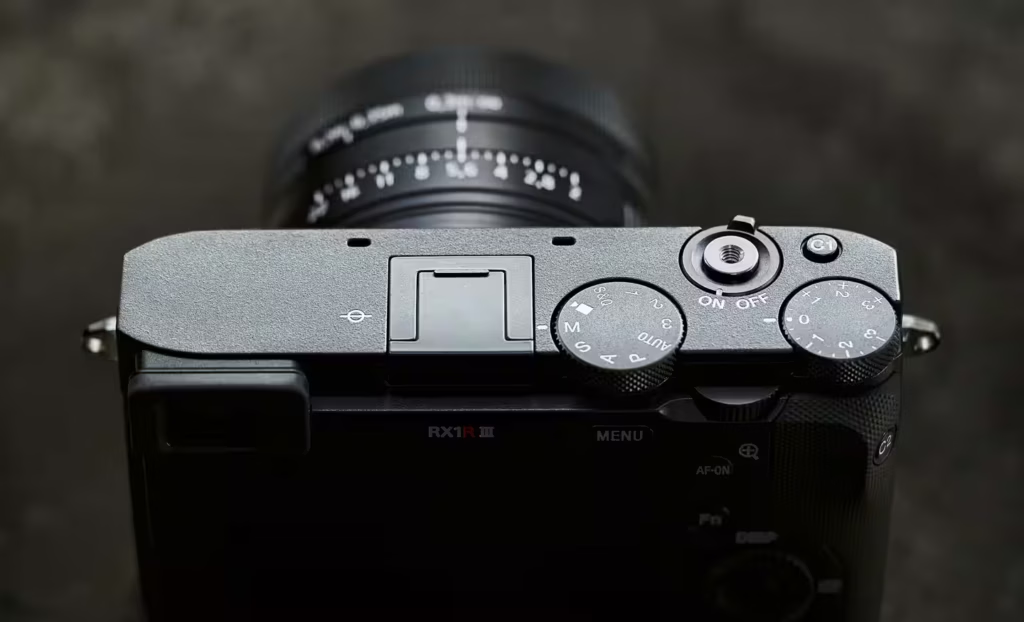
Despite the high‑tech guts, the RX1R III still feels like a classic camera. The magnesium‑alloy body with a matte finish and refined rubber grip exudes quality. Dedicated dials for shutter speed and exposure compensation sit atop the camera; aperture is controlled by a ring on the lens. There’s a fixed 2.36‑million‑dot electronic viewfinder placed at the top left, plus a 2.36‑million‑dot rear LCD with full touch control. The screen does not tilt or articulate—an unfortunate omission for low‑angle shooting—but touch gestures make menu navigation and focus point selection easy. The overall control layout remains uncluttered and deliberate, appealing to photographers who enjoy a tactile shooting experience.
Sony RX1R III – Creative Options for Stills and Motion
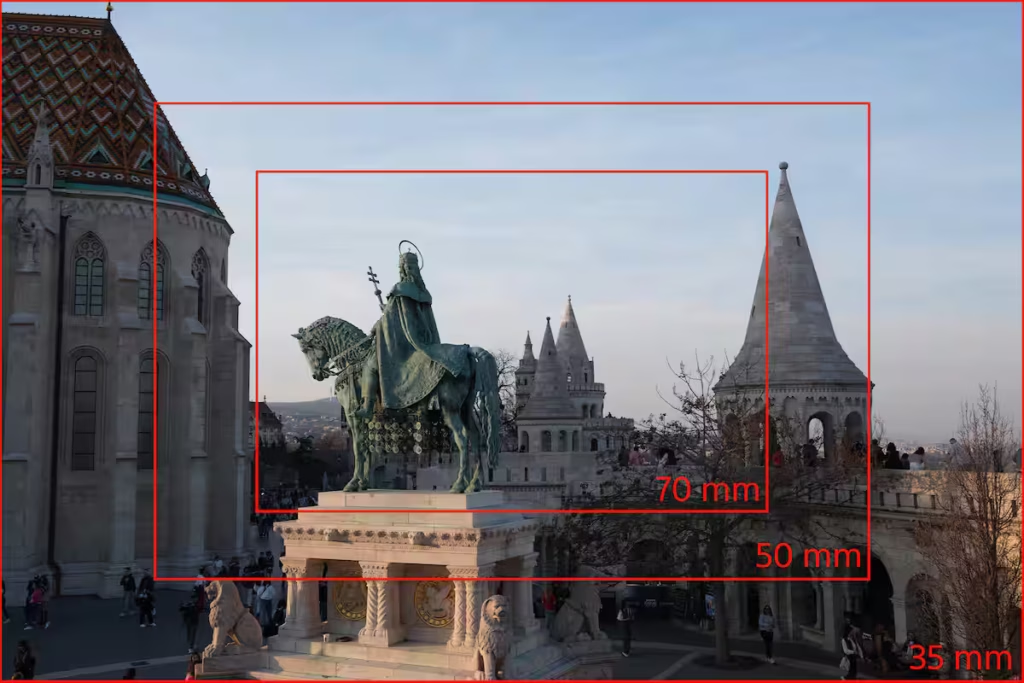
Sony understands that a camera like this needs to do more than capture stills. The RX1R III adds Step Crop Shooting, which lets you tap a button to switch between 35 mm, 50 mm and 70 mm fields of view in‑camera; the sensor’s high resolution still leaves you with 61, 29 or 15 megapixels, respectively. Twelve creative colour profiles, from nostalgic film‑like looks to vibrant modern palettes, can be applied to both photos and video. The camera records 4K video up to 30 fps with 10‑bit 4:2:2 colour sampling. While it isn’t intended as a dedicated cinema tool, it’s more than capable for travel films and b‑roll.
Sony RX1R III – Battery Life and Connectivity
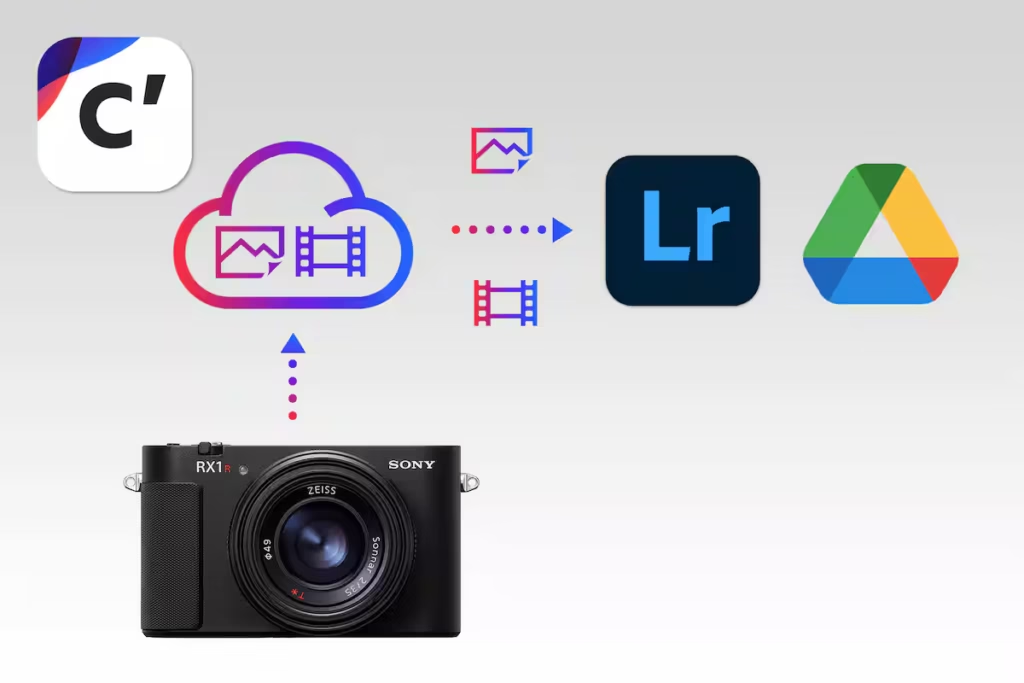
One of the biggest complaints with previous RX1 models was battery life. Sony has addressed this with a new battery design that more than doubles endurance to around 300–330 shots per charge. USB‑C with Power Delivery allows in‑camera charging and operation from an external battery pack—a welcome addition for long days. There’s a single UHS‑II SD card slot and basic ports for USB and HDMI; as before, headphone and microphone jacks aren’t included.
Sony RX1R III – Who Is This Camera For?

The Sony RX1R III isn’t about universal appeal. It is aimed squarely at advanced enthusiasts and professionals who value image quality, portability and pride of ownership over convenience features. It’s the camera you slip into a small bag for street photography, travel, portraits and everyday documentation. It invites you to slow down, pay attention to light and composition, and produce files that can stand alongside those from much larger systems.
Sony RX1R III Key Specifications (Summary)
| Feature | Detail |
|---|---|
| Sensor | 61‑MP full‑frame BSI CMOS |
| Processor | Bionz XR + AI unit |
| Lens | Zeiss Sonnar T* 35 mm f/2 |
| Autofocus | 693 PDAF points, AI detection |
| Crop Modes | 35 mm, 50 mm, 70 mm |
| Video | 4K 30 fps, 10‑bit 4:2:2 |
| Viewfinder | 2.36‑M‑dot OLED, 0.70× |
| Screen | 2.36‑M‑dot fixed touchscreen |
| Battery Life | ≈300–330 shots |
| Weight | ≈498 g |
| Price at launch | ≈$5,100 USD |
Sony’s RX1R III is a fascinating blend of tradition and innovation. It honours the original RX1 by staying incredibly compact and keeping that superb 35 mm lens, yet it brings the sensor technology, processing power and autofocus performance of Sony’s flagship bodies. It is not perfect—especially at its premium price—but for those who want full‑frame quality everywhere they go, it might just be the perfect everyday companion.
